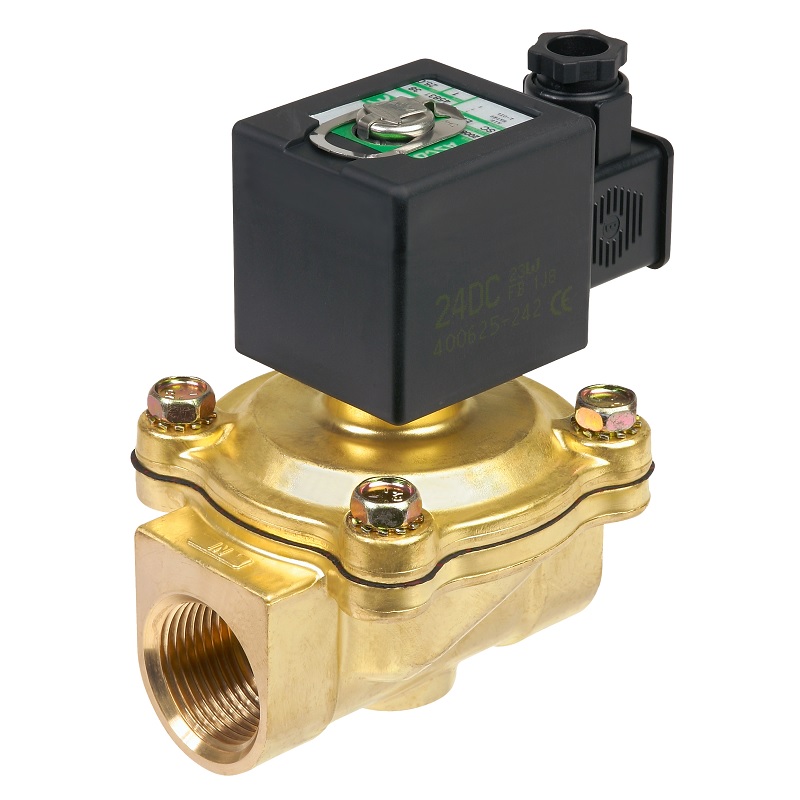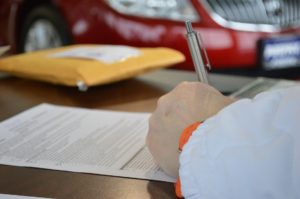
A Comprehensive Guide to Solenoid Valves
What you must specify when selecting solenoid valves are Kind of valve, Fluid flowing through the valve, Line pressure and allowable pressure drop etc. A solenoid valve is an electromechanically operated valve component that can be used to control the pace of flow in fluid or air-powered mechanical systems. They are used in many applications for the fluid control of water, air, oil or gas. Solenoid valves are incredibly useful to engineers and end-users due to their automatic operation. The requirement for an engineer to be physically show operate a valve manually is removed with the use of solenoids as they can be installed and used anywhere that gas or fluid flow needs to be automatically controlled and monitored.
Solenoid Valve Guide
Important factors for selecting Solenoid Valves:
- Type of valve required (solenoid or pressure actuated)
- Body and valve internal material(s)
- Fluid flowing through the valve
- Line pressure at the valve and allowable pressure drop (pilot operated or force lifting principle)
- Nominal diameter required (matching process line size or from flow calculations)
- Connection (NPT, G or flange)
- Fluid temperature
- Ambient temperature
- Switching function (normally-open or normally-closed)
- Available electrical power
- Protection classification (IP rating and explosion-proof)

Line Pressure and Pressure Drop
Fluid pressure at the valve inlet and allowable pressure drop are incredibly important parameters for collection of the valves. The piston valves are created to withstand up to 600 psi (40 bar) pressure, while the diaphragm valves are well suited for up to 230 psi (16 bar) pressure -see the info sheets. Pressure drop across a valve can be calculated when the valve sizing coefficient (Cv or Kv ) and the flow rate of the fluid along with its specific gravity and viscosity have been determined. Visit this website to get more insight Solenoid Valve Manufacturers
Valves with or without ∆P
When pressure drop is a concern, You can find two sets of valves.
(1) The pilot operated solenoid valves, which need a minimum differential pressure for operation, and
(2) the force lifting solenoid valves that not require a pressure differential to operate.
Pilot Operated Solenoid Valves
The pilot operated solenoid valves are powered by the servo assistance principle, which takes a specified differential pressure for opening and closing. These valves have a pilot and bleed orifice which permits those to use line pressure for operation.
In the normally-closed valves, when the solenoid is de-energized, the pilot orifice is closed and full line pressure is applied to the top of the diaphragm or piston through the bleed orifice, providing seating force for tight closure.
Provided the differential pressure between the inlet and the outlet of the valve be at least add up to or higher than the required Δp, the valve would remain securely closed. The valve is only going to close tightly to flow. Flow in the contrary direction to the arrow may damage the valve.
When the solenoid is energized, the pilot seat will open, the pressure on the primary closure device will be relieved, and raised in to the open position by the increasing effective force on the lower. The line pressure will keep the valve open.
Force Lifting Solenoid Valves
The force lifting solenoid valves are suitable for reliable service in the vacuum and low pressure ranges, where any differential pressure is insufficient to permit the utilization of servo assisted solenoid valves.
The force produced by the solenoid plunger, which is mechanically coupled to the key closure device, opens this type of valve. The sequence starts with the solenoid opening the pilot seat. This relieves the pressure on the key closure device, bringing it into balance therefore the solenoid force can lift it into the open position. When the pilot seat is closed, bleed orifices allow a force to build up on the closure device that pushes it down into the closed position on the valve seat.

